Understanding Slot Terminology
When people begin playing casino games, especially when they frequent online casinos, there comes a time when they will stumble across something that reflects a “return to player” percentage. This is commonly referred to as ‘RTP %’. The beauty of understanding the meaning and value of such a small descriptive feature is that it can change a player's dynamic, influencing how games are selected and, ultimately, how players achieve satisfaction in choosing games. For a quick breakdown of what RTP means and a chance to change how you choose your games, continue reading this guide. You won't regret it, and neither will your bankroll!
What is Return to Player?
The abbreviation of ‘return to player’ is RTP. The RTP of a casino game is the theoretical pay-out percentage of a game at a casino, either land based or online, that is expected to pay out over some time. Once a game is activated and the reels begin spinning it is expected that the game will eventually pay-out said percentage to the player over an estimated time of active spins. The RTP percentage indicates what the theoretical pay-out will be from the game and has been calculated by gaming software developers. So for example, if a slot game displays an RTP of 97%, it has been estimated by gaming software developers that an eventual pay-out on a play of 100.00 would be 97.00.
Gaming software providers use formulas that test the games to return the estimated RTP percentage and then only provide this information to players. As we explain further down this article – this isn’t an exact science as volatility, features, jackpots and other factors do some into play that will affect how much you actually get paid out. It’s a rough guide, but it’s not the be-all and end-all of defining a slot.
How Does Return To Player Affect Me?
The idea of choosing a game based solely on the RTP will most likely affect the feeling you get when you win. This is because the RTP and the volatility of a game are two different aspects often mistaken to be one and the same. Often, high volatility games have a lower theoretical RTP as the features are more intricate and the jackpot prizes are larger than that of low volatility games. Though these jackpots are coveted by most, they produce lower RTP percentages considering the features, jackpots and bonuses contribute a larger portion to the RTP and the volatility of a slot game.
What Does Volatility Mean In Slots Gaming?
While the RTP is the percentage amount returned to a player over time, the volatility of the game allows players to choose a game based on their bankroll allowance. Low, medium, and high volatility games are best defined by their variance which is what we look at here, helping players choose games best suited to their bankrolls and gaming appetite. Lower volatility slots payout more frequently but their payouts are smaller.On the other hand, high volatility slots are characterized by infrequent but larger payouts.



































